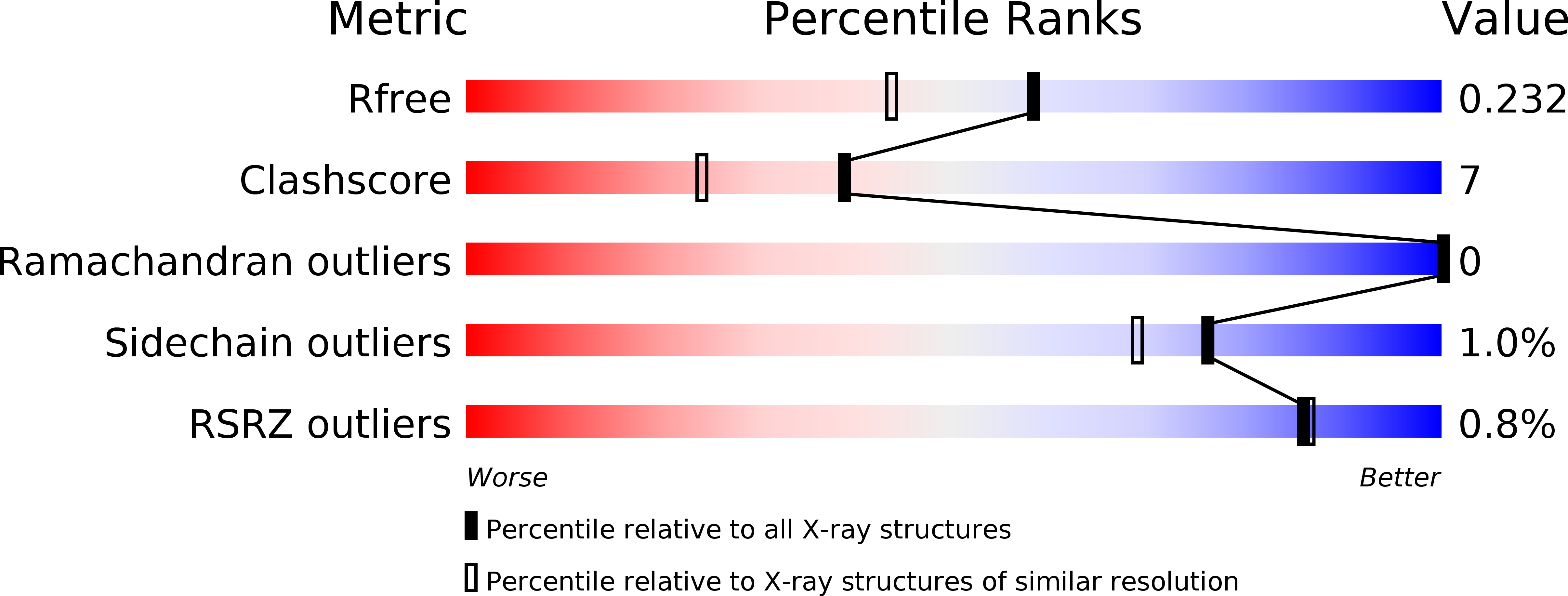
Deposition Date
2012-05-11
Release Date
2012-07-11
Last Version Date
2024-02-28
Entry Detail
PDB ID:
4F55
Keywords:
Title:
Crystal Structure of the Catalytic Domain of the Bacillus cereus SleB Protein
Biological Source:
Source Organism:
Bacillus cereus (Taxon ID: 226900)
Host Organism:
Method Details:
Experimental Method:
Resolution:
1.85 Å
R-Value Free:
0.21
R-Value Work:
0.17
R-Value Observed:
0.18
Space Group:
I 4 3 2


